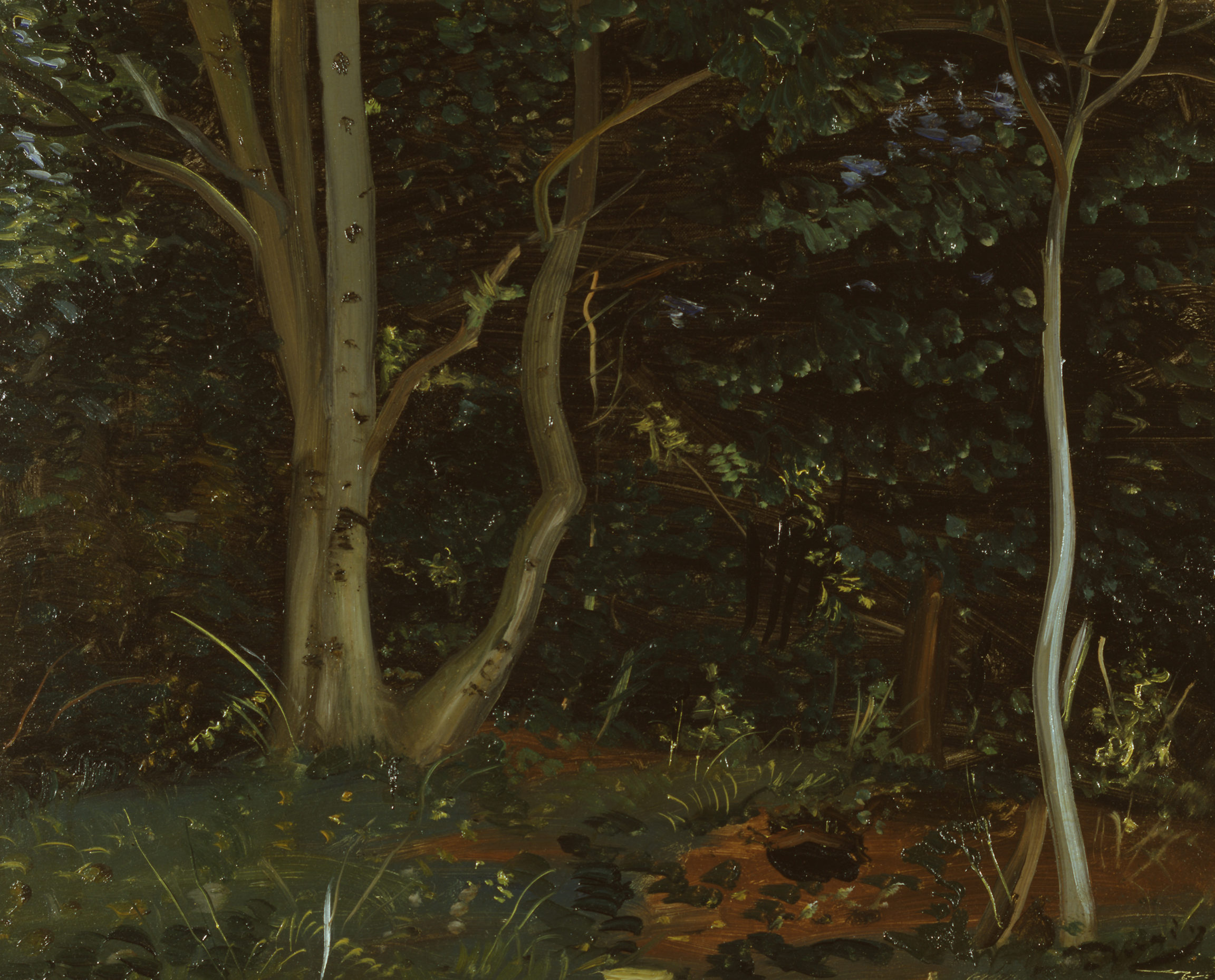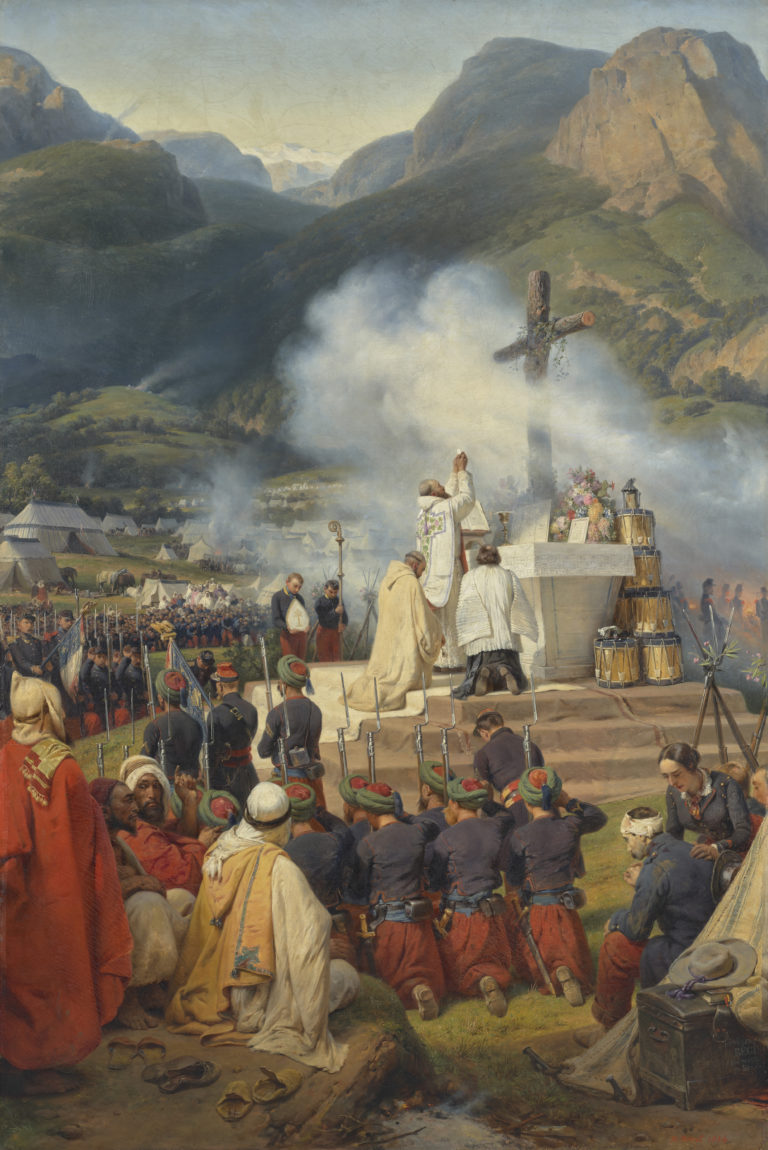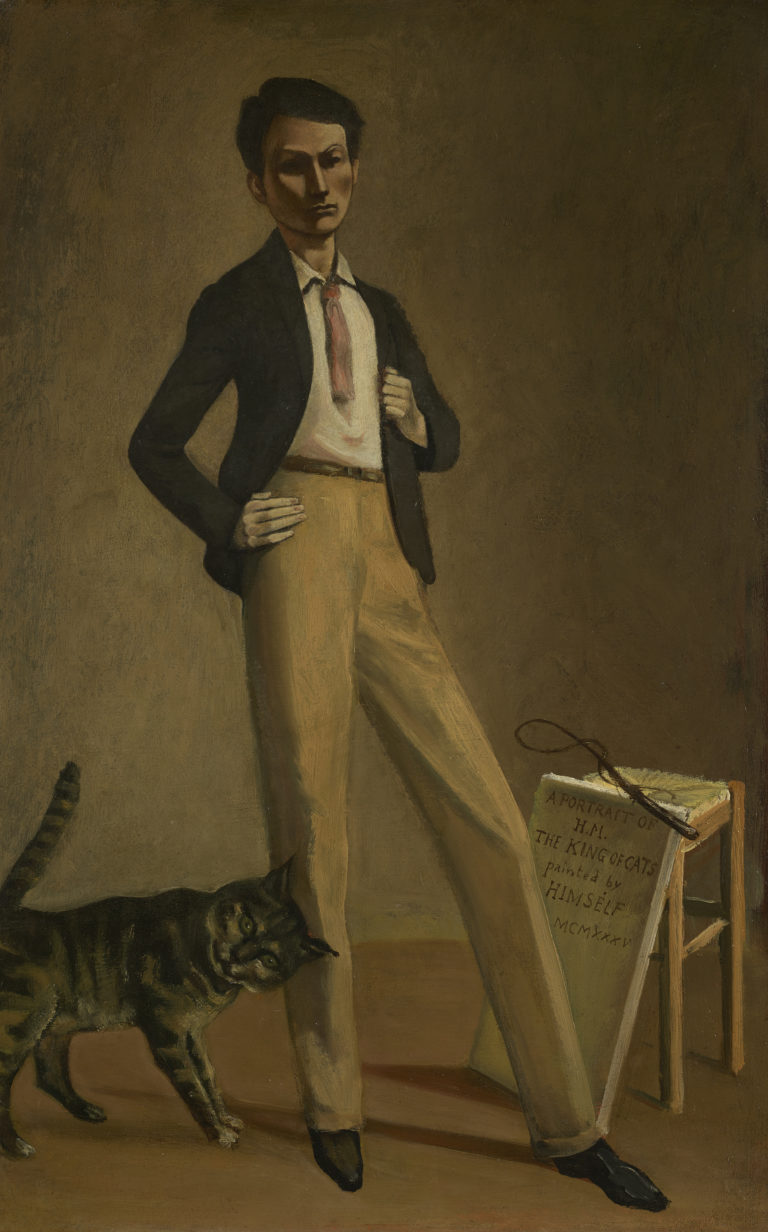Bibliography
Jean Leymarie, Suzanne Pagé et alii, André Derain. Le peintre du « trouble moderne », exh. cat. Paris, Musée d’art moderne de la Ville de Paris, Paris, Paris-Musées, 1994.
Matthias Frehner, Rudolf Koella et alii, André Derain 1880-1954, exh. cat. Valence, IVAM – Institut Valencià d’Art Modern, Lausanne, Fondation de l’Hermitage, 2002: n. 198.
Michel Kellermann, André Derain. Catalogue raisonné de l’œuvre peint, tome III : 1935-1954, Paris, Galerie Schmit, 1999: n. 1454.




While Henri Matisse and Pablo Picasso left Cubism behind and moved on to a “new synthesis”, André Derain turned increasingly to a restrictive form of archaism. The prosaic subjects, lack of imagination in the composition, weakness of execution and uneven quality led to mounting criticism, even from his admirers. In the late 1940s, he stood accused of Nazi collaboration for taking part in a 1941 trip to Germany organised by the sculptor Arno Breker. His reputation sank even further, making this period a dark and difficult time in his life.
Derain’s art sought to freeze time. Reassured by the idea that the values of art are unchanging and that the past was a time of stability, he obeyed the grand tradition of painting, siting himself in its descendancy. Interpreting works afresh in his own manner, he constantly measured the distance between himself and his masters. This landscape, depicting a forest somewhere outside Paris, is in the tradition of Camille Corot and the Barbizon school, whose members took their brushes and palettes deep into the woods.
In the latter half of his career, Derain did not try new paths, though his approach to painting did evolve. His late, post-World War Two works dabble in primitivism and magic realism, developing a lyrical, romantic realism. On a red background, he lays down rapid, fleshy dabs of paint, merging black, white, green, and blue. He pays particular attention to the play of light, focusing it on a tree trunk in the right-hand foreground. André Derain’s forest is a dense, humid screen: the art historian Jean Leymarie described it as “the immutable forest whose mysteries he so often tried to unveil”.